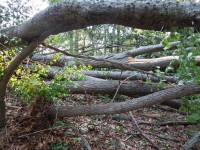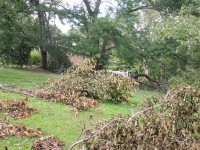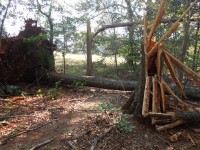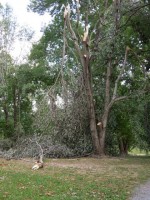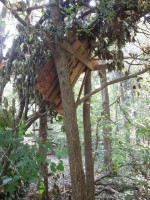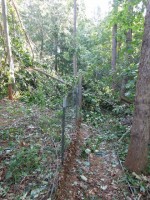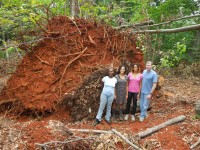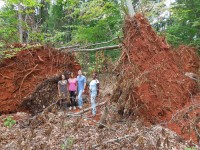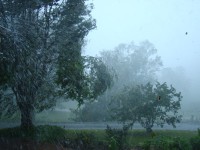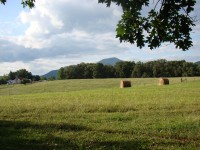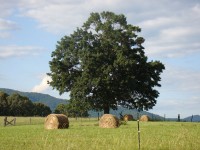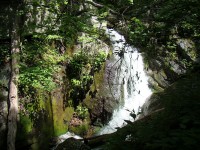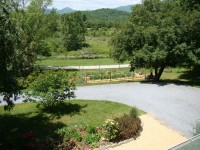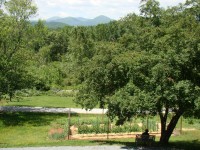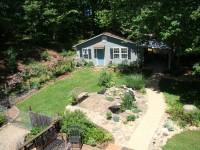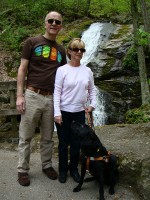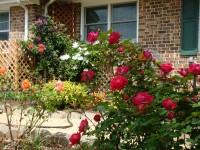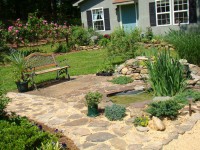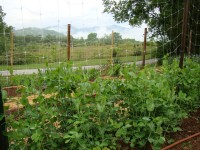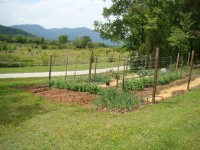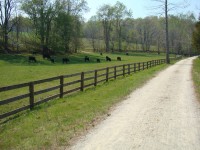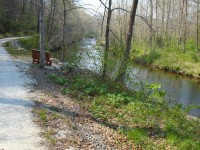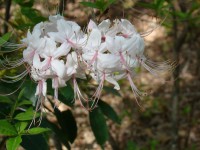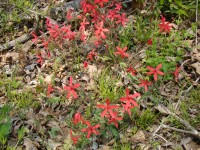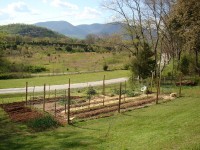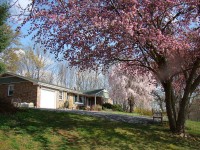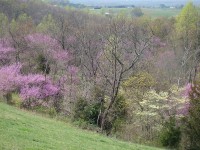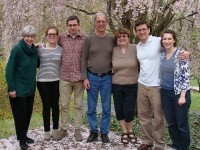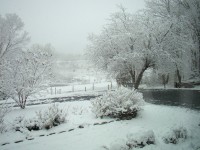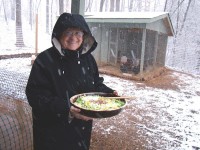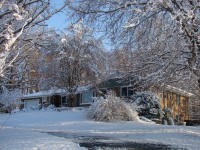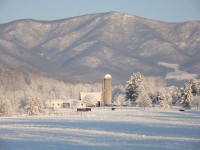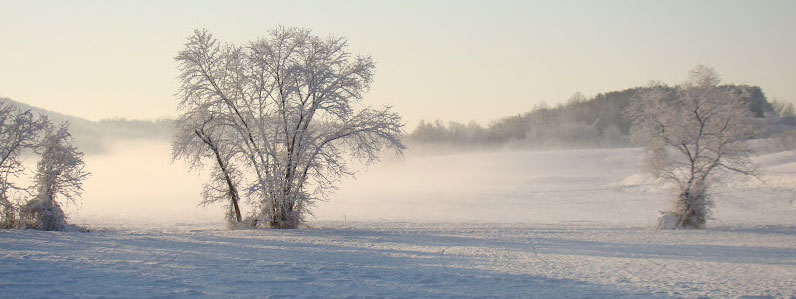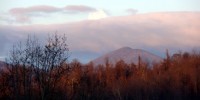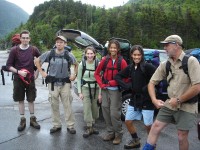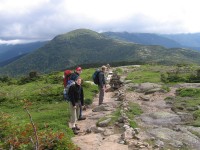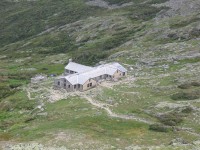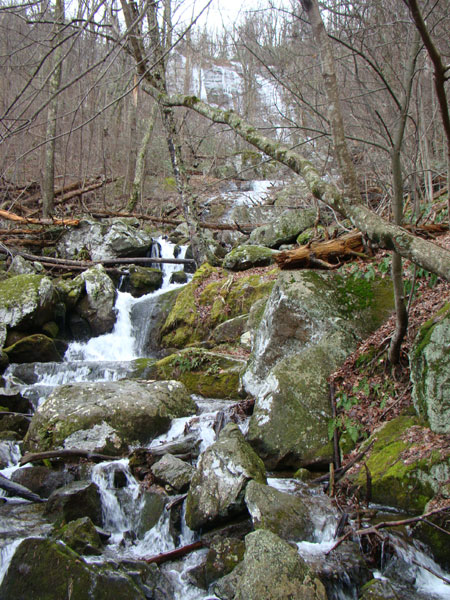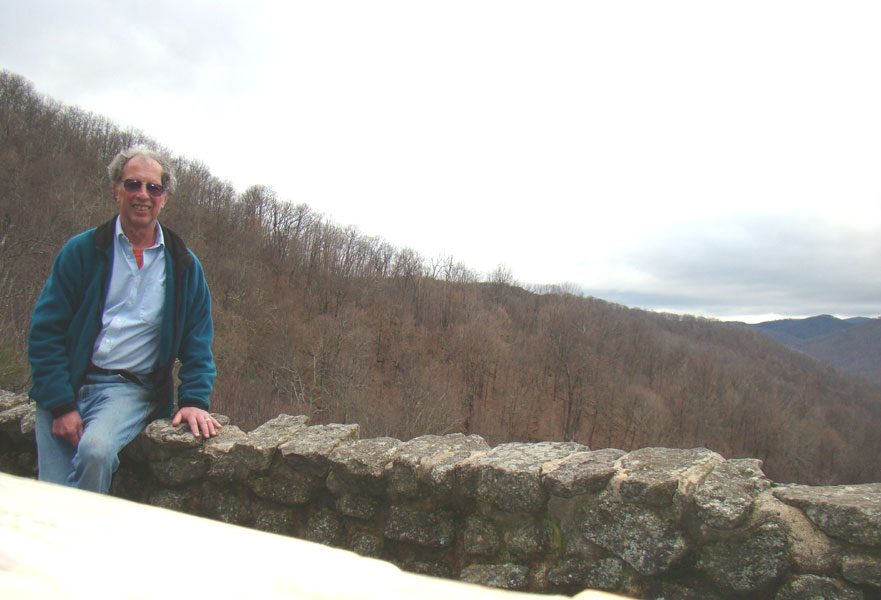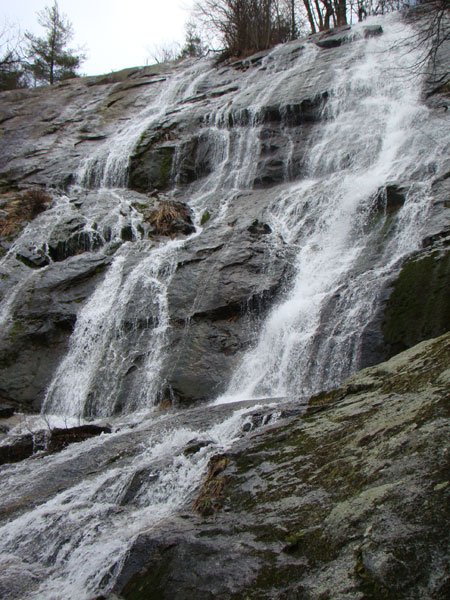Sat 7 Jul 2012
June 29, 2012: “Worst storm since Camille”
Posted by Bob under Nature, Our New Home
[3] Comments
August 7th Postscript: I (and many around here) have subsequently learned that what hit us so hard on the night of June 29th is called a derecho. The link is to Wikipedia’s entry, which explains that a derecho, in contrast to a tornado, is a straight-line windstorm generally accompanied by severe thunderstorms. The pictures below of John and family also help in conveying the scale of the fallen tree rootballs:
Well, we moved here in 2009 just in time for the biggest pre-Christmas snowstorm since 1936; then in 2011 we had the biggest earthquake in Virginia since 1897, then a month ago we had a freak hailstorm that did a bunch of damage, and then this past week we experienced what locals describe as the worst storm since Hurricane Camille in 1969 and the worst wind storm in living memory. I was helping out at the annual Ruritan Carnival, where the sudden and unexpected hurricane-force winds led to some scary moments as the Carnival operators struggled to get people down from the high rides and where well over a hundred people poured into the Ruritan clubhouse for safety. With reports of impassable roads most everywhere, many people stayed until 1:00 am, when most left, leaving behind several who slept there that night. At home Monika saved our umbrella on the back deck and then headed down to the basement, where we slept the next few nights. Electric power, water, phone, and internet remained out until the middle of the following week.
The next morning we surveyed the damage. Our house was completely spared, but large limbs were down in the backyard, from the Norway Maples on the side, and the oak tree in front. Worst hit was our several-acre forest, particularly the section that abuts the pastures on the north side: about twenty large trees were blown down, either completely uprooted or broken off from their trunks. My woodland trail system was pretty much obliterated, but our vegetable and flower gardens took only a minor hit. Our chickens were safe. Dan’s treehouse was completely destroyed. The pictures above and linked below fail to give a full sense of the devastation, which is hard to capture on camera.
As typical of our rural area, neighbors were out helping neighbors from the start. Our neighbors next door helped us survey the damage, and we helped another neighbor repair his cattle fences. He and his mother in turn offered to let us bring food from our freezer to theirs, which they had running on a generator. Later, when that generator failed, we got a friend to bring a temporary generator over to pump water for their thirsty cattle; he also fixed their generator which in turn fixed our frozen food problem.  And so on….
I broke down and invested in a chainsaw, but we’ll be relying on other friends to do the heavy tree felling and pruning. It’s strange to walk in our woods and look up at the sky instead of the tree canopy, but it will be interesting to watch the forest regenerate itself. Cleanup is slowed down by daytime temperatures of 100+ degrees, but life goes on…
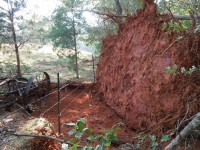 Â
 